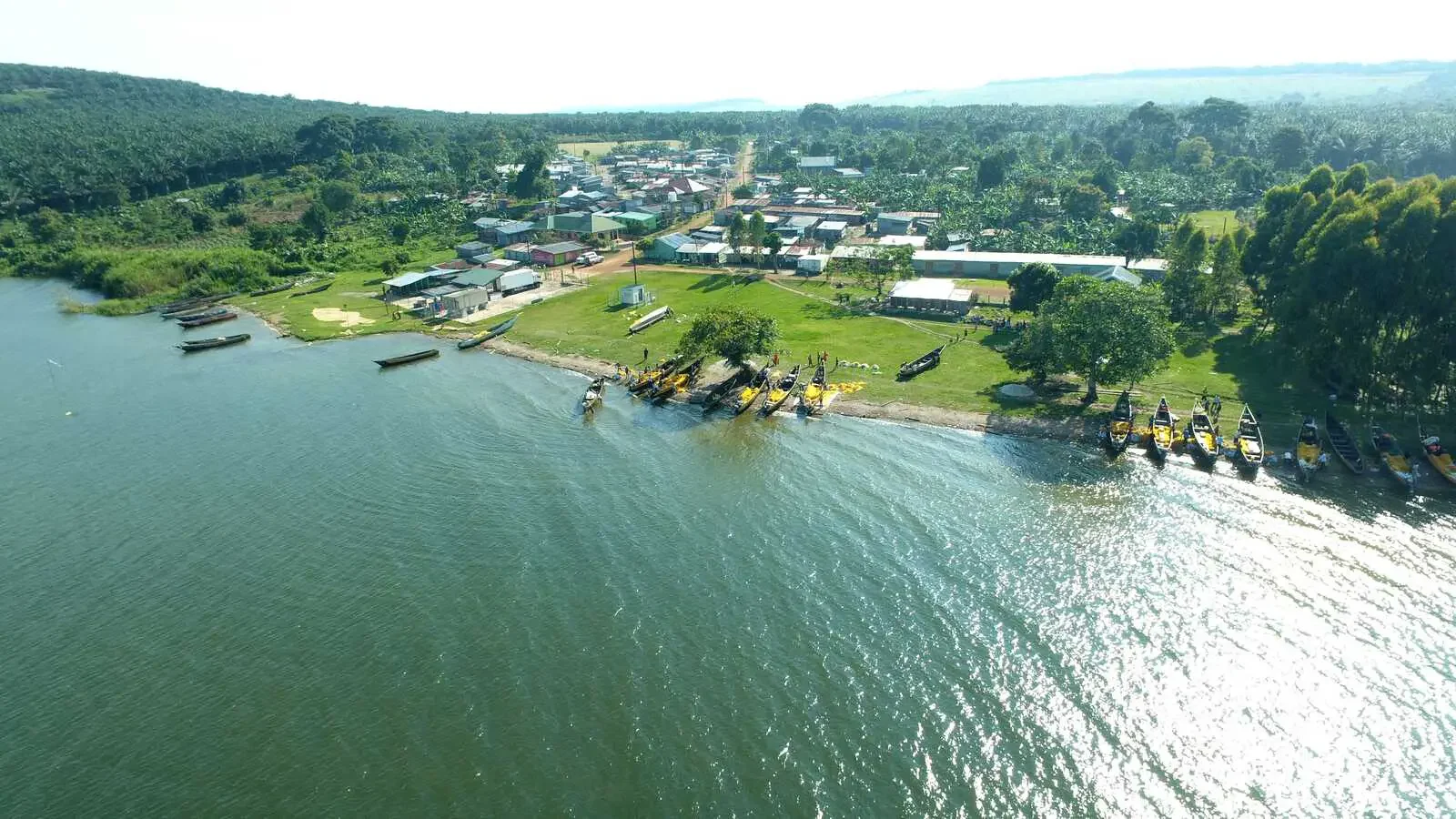Share
The initiative’s power supplier, Kalangala Infrastructure Services (KIS), reports that the government has not yet decided on the project’s power tariffs, putting the commissioning of the underwater power cable that connects Kalangala Island to the mainland via Bukakata in Masaka District on hold.
The sub-counties of Buggala and Bugoma will receive 33 kilovolts of electricity from the underwater power cable, which is planned to run 7 km along the bottom of Lake Victoria. However, the commissioning process has temporarily come to a standstill due to the Electricity Regulatory Authority’s (ERA) delay in determining tariffs.
The KIS spokesperson, Mr. Joseph Mulindwa, told Daily Monitor that although the cable installation is finished, the Energy Minister cannot turn on the power until the ERA completes the tariff-setting procedure.
If the tariffs are set at a favorable rate, KIS hopes that a flat tariff structure—in which domestic and business users are charged at a fixed price per kilowatt consumed—may change power usage.
Mr. Mulindwa went on, “The power tariff has to be restructured to have the off-pick tariffs that favor heavy commercial customers in order to join the flat tariff structure under which we are currently opening to the mainland power grid.”
The KIS spokesperson, Mr. Joseph Mulindwa, told Daily Monitor that although the cable installation is finished, the Energy Minister cannot turn on the power until the ERA completes the tariff-setting procedure.
If the tariffs are set at a favorable rate, KIS hopes that a flat tariff structure—in which domestic and business users are charged at a fixed price per kilowatt consumed—may change power usage.
Mr. Mulindwa went on, “The power tariff has to be restructured to have the off-pick tariffs that favor heavy commercial customers in order to join the flat tariff structure under which we are currently opening to the mainland power grid.”









